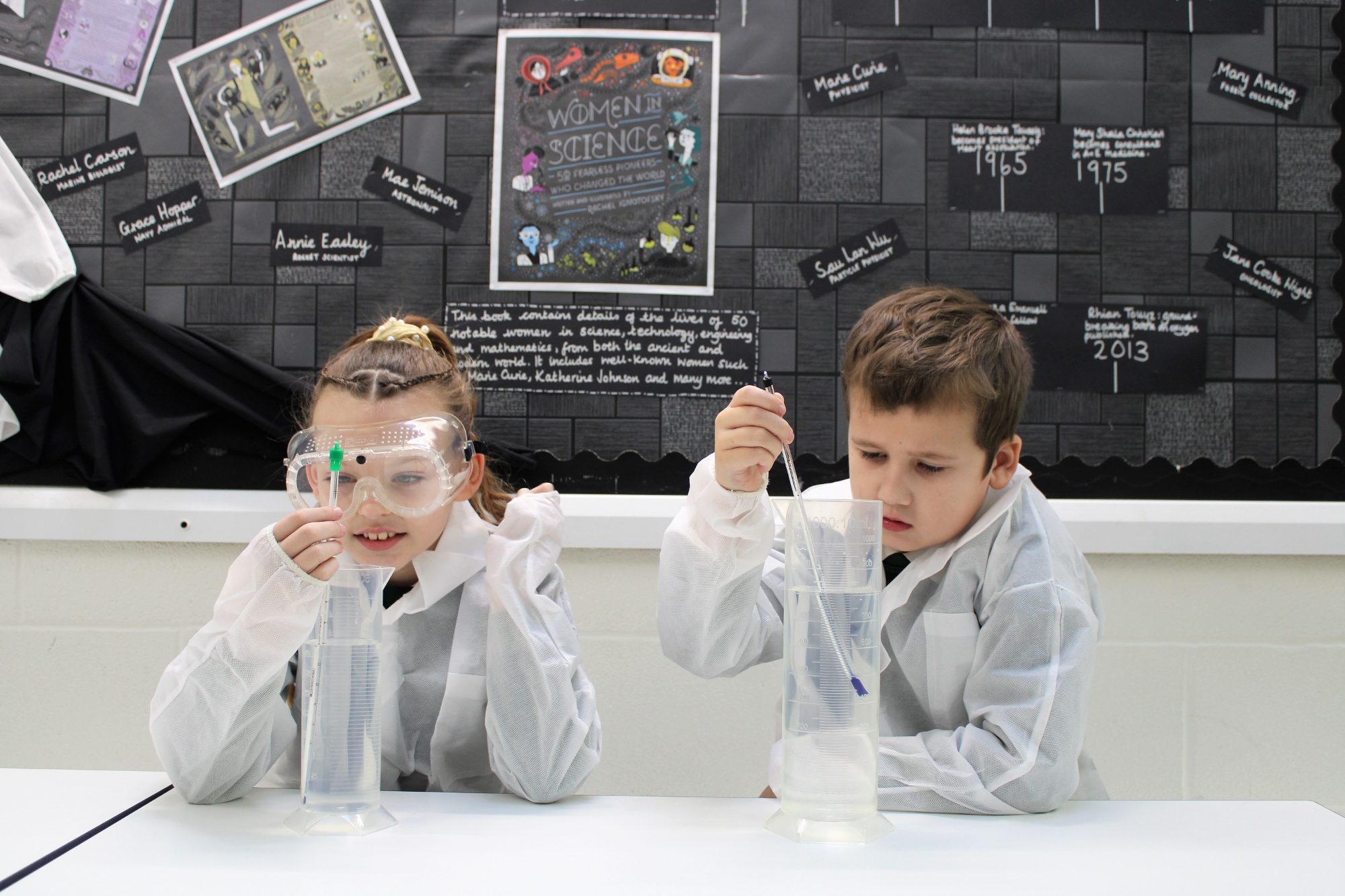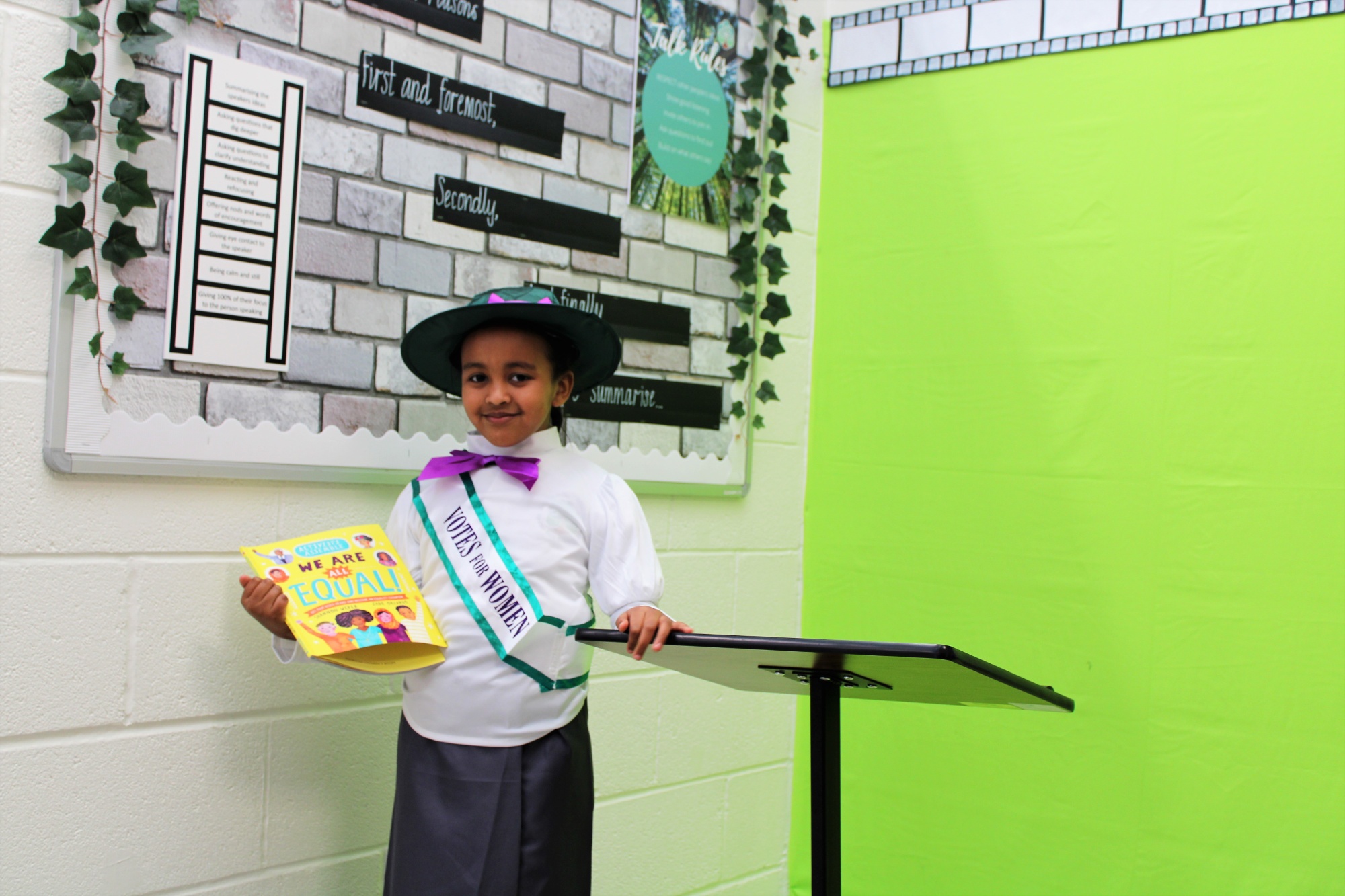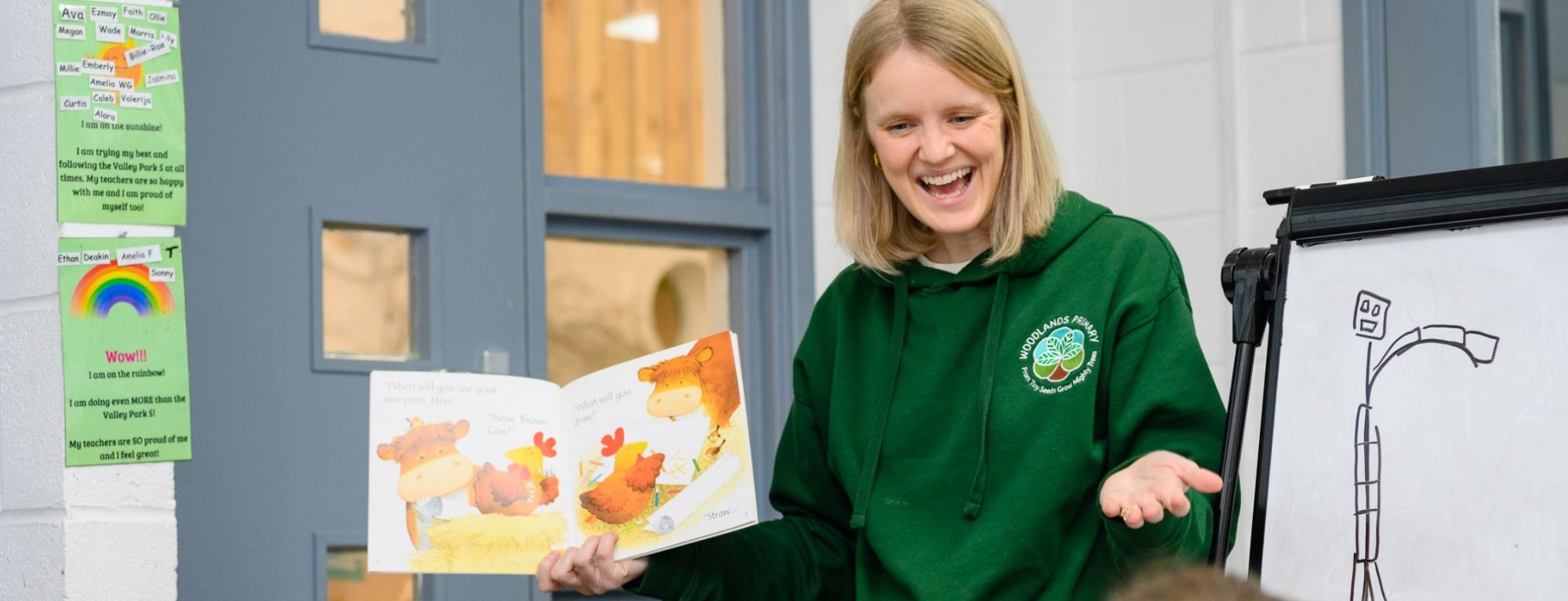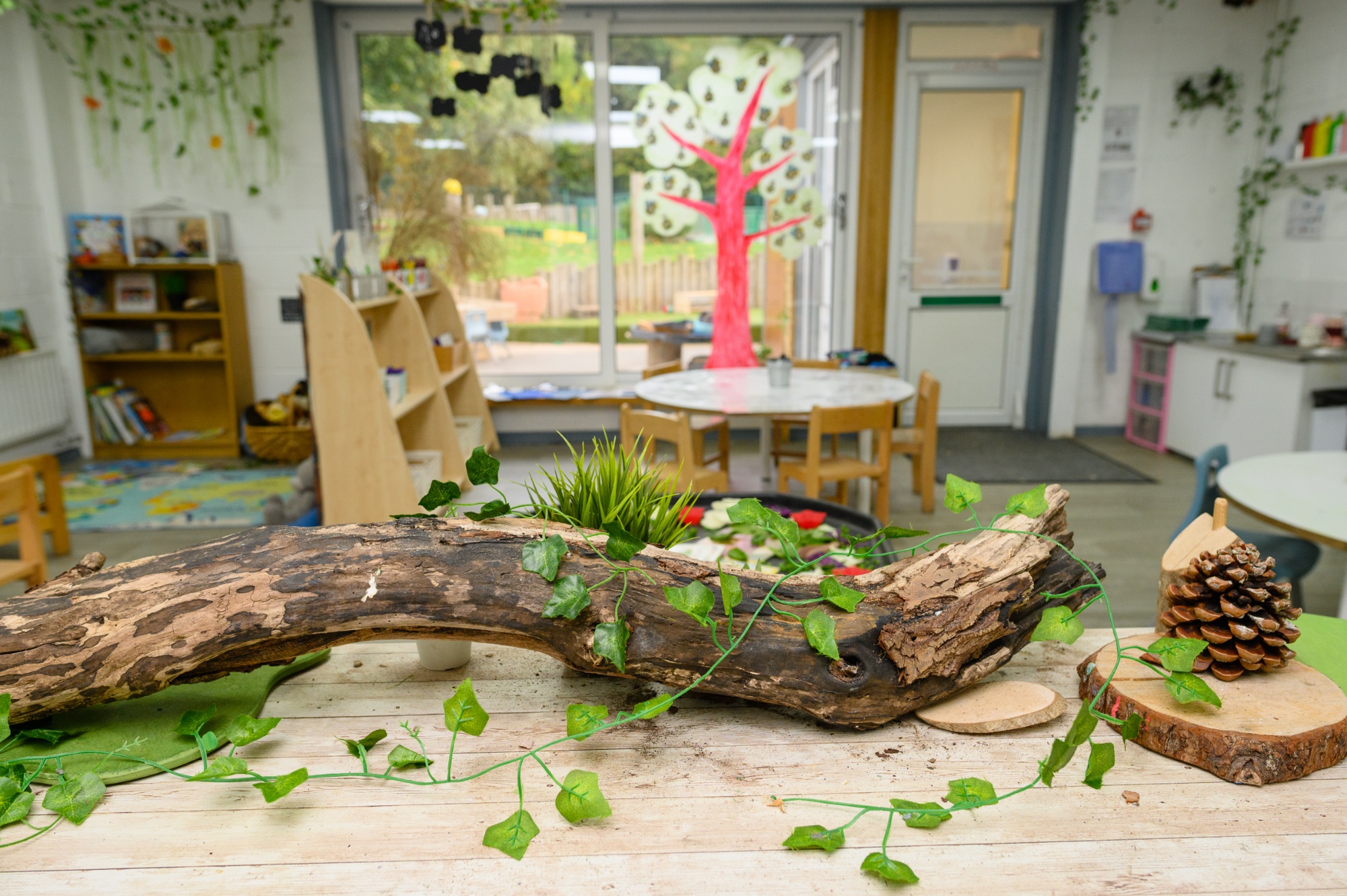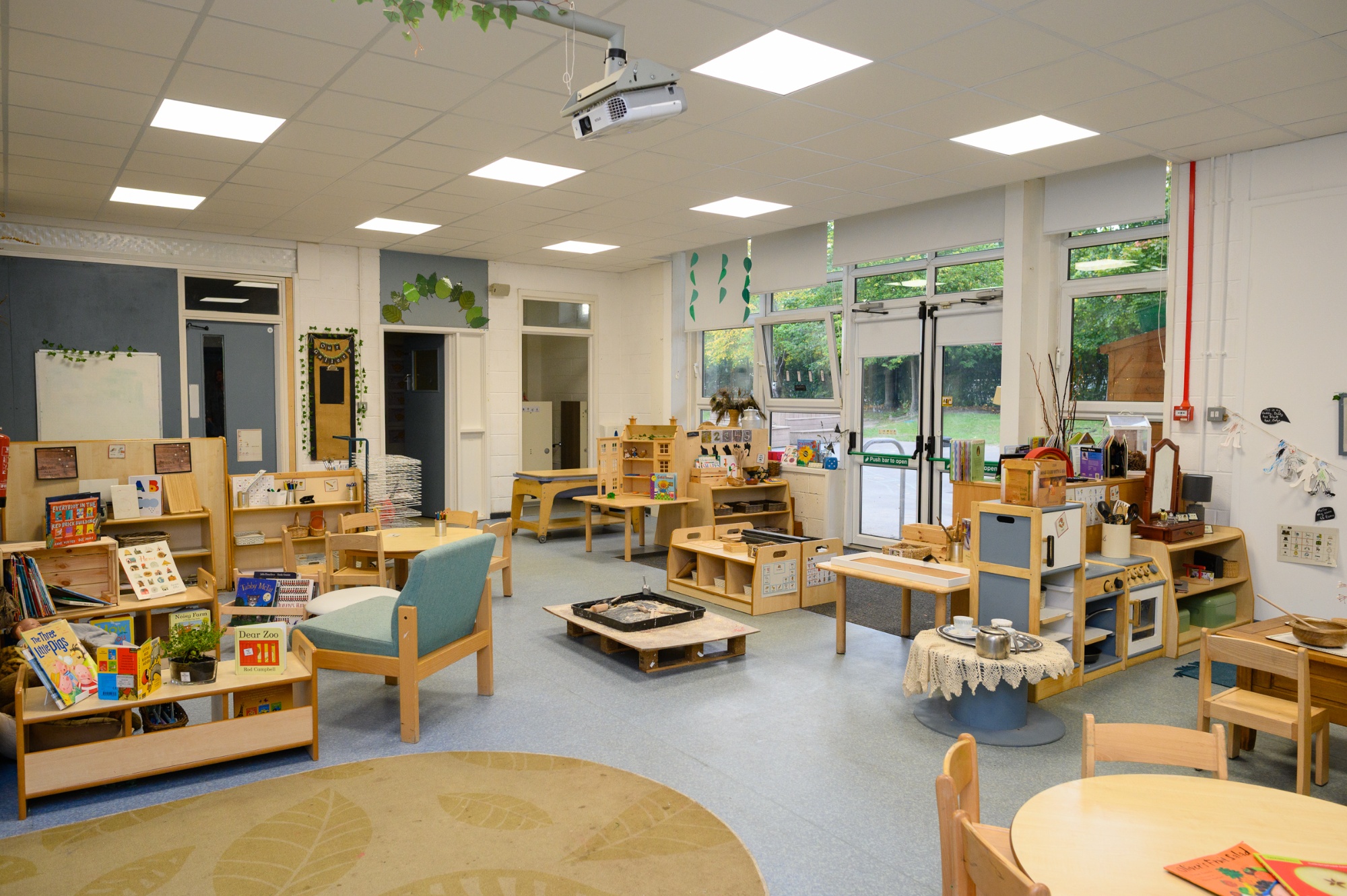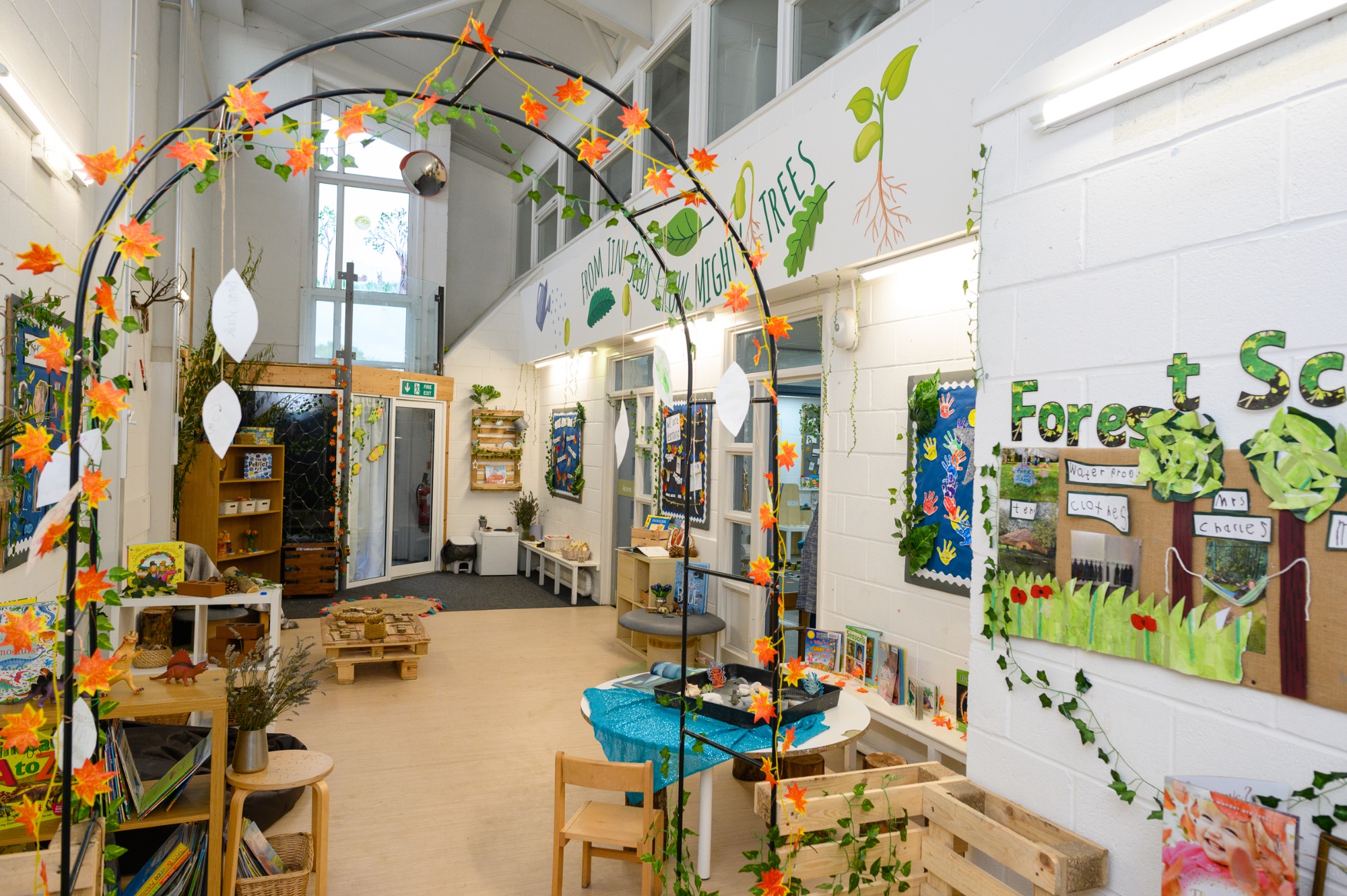Writing
Writing is a complex process to learn and master! This is because it is made up of lots of different elements. These are:
- transcription (spelling and handwriting)
- composition (articulating ideas and structuring them in speech and writing)
It is essential that teaching develops pupils’ competence in these two dimensions.
In addition, we teach pupils how to plan, revise and evaluate their writing.

We know that writing down ideas fluently depends on effective transcription. In other words, spelling quickly and accurately through knowing the relationship between sounds and letters (phonics) and understanding the morphology (word structure) and orthography (spelling structure) of words. So we teach these skills deliberately and specifically from the earliest age.
We teach our pupils how to compose their writing, and we do this by teaching them how to articulate and communicate their ideas, and then organising them coherently for a reader.

This requires clarity, awareness of the audience, purpose and context, and an increasingly wide knowledge of vocabulary and grammar. Writing also depends on fluent, legible and, eventually, speedy handwriting, all of which we teach explicitly from the start.
We know that pupils become excited and enthused about writing for a real purpose, so we bring these opportunities in across the curriculum – through letter writing to real people, persuasive texts for real purposes or writing instructions to inform others, for example.

